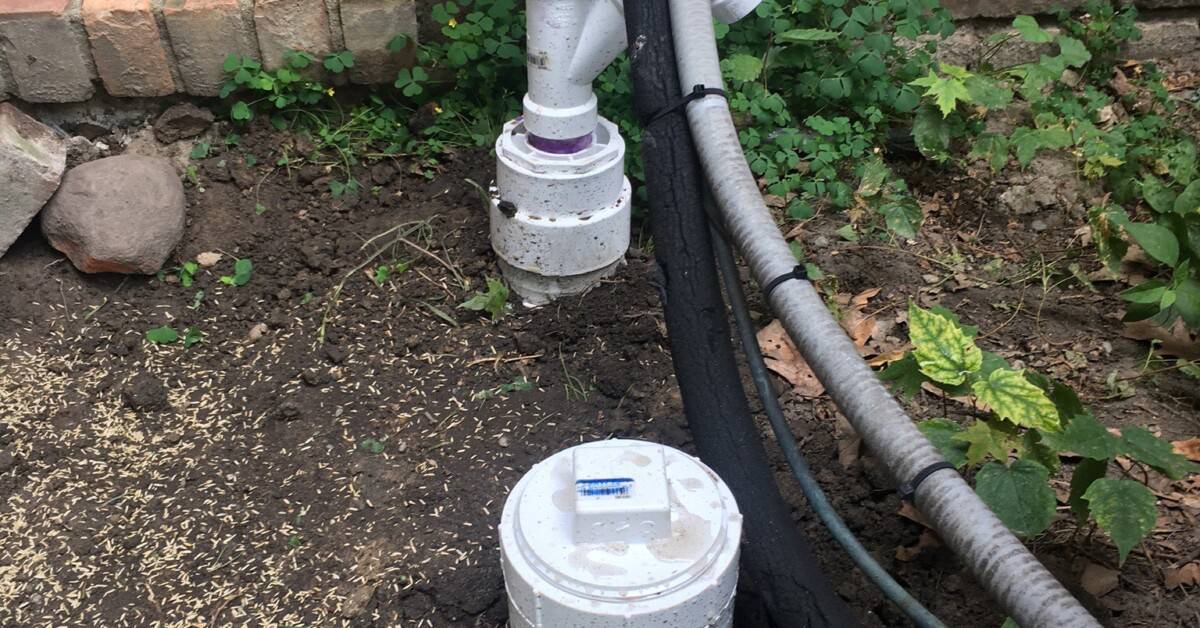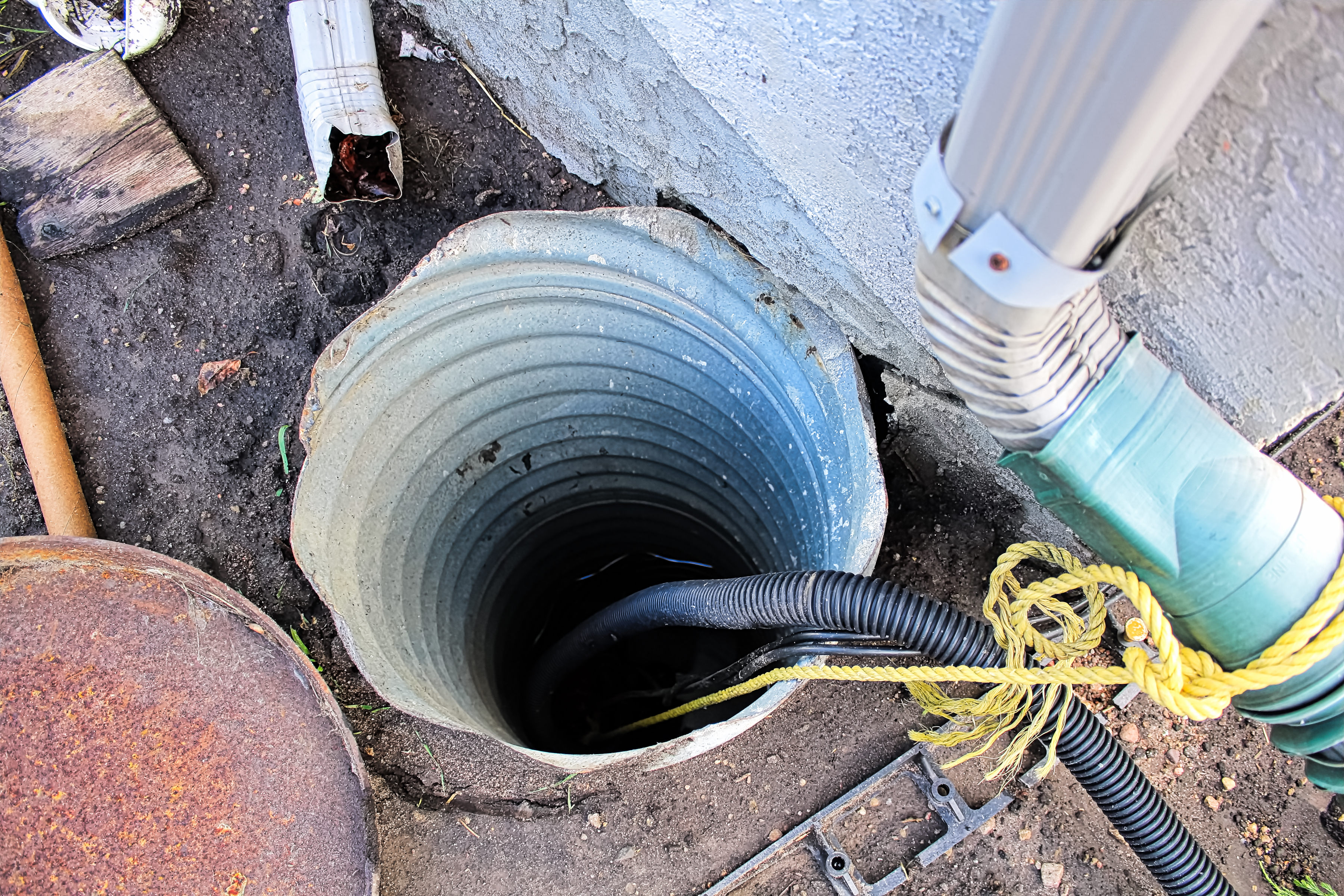Fast Steps to Cleaning Your Sump Pump
Fast Steps to Cleaning Your Sump Pump
Blog Article
Are you in search of know-how concerning Cleaning & Maintenance Tips for Your Home's Sump Pump?

Sump pumps are essential components in lots of homes, especially in locations susceptible to flooding or too much dampness. They aid prevent water damages by efficiently removing excess water from basements or crawl spaces. Nevertheless, like any other device, sump pumps call for normal maintenance to guarantee they work efficiently when required one of the most. Cleaning your sump pump is an important part of its upkeep, and comprehending exactly how to do it correctly can save you from pricey fixings and potential calamities.
Introduction
Preserving a tidy sump pump is vital for its correct performance and durability. Ignoring this necessary job can lead to clogs, breakdowns, and inevitably, water damages to your residential or commercial property. For that reason, finding out just how to clean up a sump pump is essential for homeowners that rely upon these gadgets to maintain their cellars completely dry and safeguarded.
Comprehending the Sump Pump
Before diving into the cleaning process, it's necessary to have a fundamental understanding of exactly how a sump pump works. Commonly installed in a pit or container below the basement flooring, a sump pump consists of a number of key parts, including a pump, a float button, and a discharge pipeline. When water accumulates in the pit, the float switch triggers the pump, which after that pumps the water out with the discharge pipeline, away from the structure's structure.
Indications of a Dirty Sump Pump
Understanding when your sump pump needs cleaning is important for preventing prospective malfunctions. Some typical indicators that show a dirty sump pump consist of odd noises during operation, lowered water flow, and visible particles in the pit. If you notice any one of these symptoms, it's essential to clean your sump pump quickly to prevent any kind of further problems.
Planning for Cleaning
Before you start cleaning your sump pump, it's vital to take some safety preventative measures. Start by shutting down the power to the pump to avoid any electrical accidents. Additionally, use suitable safety equipment, such as handwear covers and safety glasses, to safeguard on your own from dust, particles, and potential pathogens.
Detailed Overview to Cleaning a Sump Pump
Turning off the Power
Begin by separating the power supply to the sump pump to stop any type of crashes while cleansing.
Getting Rid Of Particles and Dirt
Make use of a container or a scoop to get rid of any kind of visible debris, dust, or debris from the sump pit. Dispose of the debris properly to prevent it from blocking the pump or the discharge pipe.
Cleansing the Pump and Float Change
As soon as the pit is free from debris, very carefully eliminate the pump from the pit. Examine the pump and the float switch for any signs of damage or wear. Use a soft brush or fabric to clean up the surfaces and get rid of any collected gunk.
Flushing the System
After cleaning the pump and float button, flush the sump pit with tidy water to get rid of any staying dust or debris. This will assist make certain that the pump operates efficiently and effectively.
Looking For Correct Performance
Prior to reinstalling the pump, do a quick examination to guarantee that the float button triggers the pump correctly. Put some water right into the sump pit and observe the pump's operation. If every little thing is functioning appropriately, you can reconstruct the pump and reconnect the power supply.
Maintenance Tips to Maintain Your Sump Pump Clean
Along with regular cleaning, there are several maintenance tips you can follow to maintain your sump pump in optimal problem:
Verdict
Cleaning your sump pump is a critical aspect of its upkeep and guarantees that it runs effectively when you require it one of the most. By adhering to the steps laid out in this overview and including normal upkeep right into your routine, you can expand the life-span of your sump pump and shield your home from water damages.
6 STEPS ON HOW TO CLEAN A SUMP PUMP PROPERLY
UNDERSTANDING SUMP PUMPS
Your sump pump plays a crucial role in protecting your home by managing and removing excess water. It primarily functions as a “shield”, guarding your basement against the damaging effects of water accumulation. The pump is housed in a sump pit in the lowest part of your basement, and its job is to pump out any water that collects there.
During heavy rainfalls or when snow melts rapidly, water can infiltrate your basement, posing potential risks like flooding, structural damage, and harmful mold growth. Here, the sump pump springs into action, pumping out the intruding water and directing it away from your home.
SAFETY FIRST
Before cleaning, remember to prioritize safety. Disconnect the sump pump from the power source to prevent any accidental electric shocks. Also, wear sturdy gloves to protect your hands from any sharp or dirty components within the pump.
REMOVE THE SUMP PUMP
After ensuring your safety, the next step is to remove the sump pump from its pit. Doing this might require careful maneuvering as you don’t want to damage any pump components. Once removed, clean the sump pit to remove any accumulated debris or sludge.
INSPECT THE PUMP
Inspect the pump for any visible signs of wear or damage. Check the power cord, float switch, and impeller housing. If any components look worn out or damaged, consider replacing them to ensure optimal performance.
CLEAN THE PUMP
Thoroughly clean the pump with warm, soapy water. Make sure to rid it of any dirt, gravel, or other debris that might impede its performance. You can use a toothbrush to clean the small, hard-to-reach parts of the pump.
REINSTALL THE SUMP PUMP
Reinstall the pump into the sump pit Make sure it’s positioned correctly to remove the water effectively Once it’s back in place, reconnect it to the power source TEST THE PUMP
Finally, pour some water into the pit to ensure the pump works correctly. It should start automatically and begin pumping out the water; if it doesn’t, check the power source and the positioning of the pump.
Remember, while cleaning your sump pump is an essential part of home maintenance, hiring a professional plumber for a thorough inspection and cleaning at least once a year is also important. This will ensure that your pump is in optimal condition, ready to protect your home from potential water damage.
BEST PRACTICES FOR CLEANING SUMP PUMP DISCHARGE PIPES
Regular Inspection: Regularly inspect your discharge pipes, especially during heavy rainfall or snowmelt periods. Look for any signs of blockage or damage. Early detection of problems can prevent serious issues down the line. Periodic Cleaning: Over time, sediment and debris can accumulate in the discharge pipes, impeding the flow of water. Regular cleaning helps keep the pipes clear and functioning efficiently. You can use a high-pressure water jet to effectively clean the pipes. Insulation During Winter: In colder climates, discharge pipes can freeze, blocking the outflow of water. Protect your discharge pipes from freezing temperatures by insulating them with foam pipe insulation. This will ensure the sump pump can continue to discharge water even in freezing conditions. Proper Positioning: The discharge pipe should be positioned to direct water away from your home’s foundation. Improper positioning can lead to water seeping back into the basement. Ensure the pipe is long enough and angled correctly. Installation of a Check Valve: A check valve prevents water from flowing back into your sump pit after the pump has pushed it out. Installing a check valve helps maintain the efficiency of your sump pump and reduces the risk of flooding. Minimize Pipe Turns: Every curve or turn in the discharge pipe can decrease the efficiency of water flow. By minimizing turns and bends in your discharge pipe, you can increase the efficiency of your sump pump. https://www.fullspeedplumbing.com/how-to-clean-a-sump-pump-properly9999/

We hope you liked our section on How to Care for Your Sump Pump. Thank you so much for finding the time to read through our post. Sharing is good. You never know, you may just be helping someone out. Thanks for your time invested reading it.
Call Today Report this page